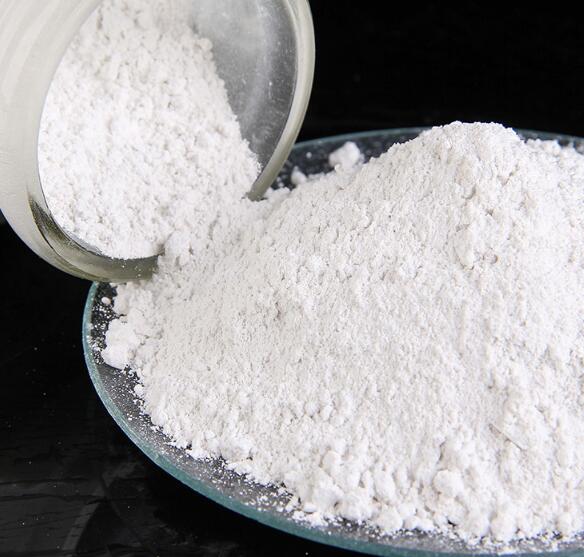Adsorption properties and applications of magnesium oxide in environmental science: key materials for improving environmental performance

As the global awareness of environmental protection increases, it has become crucial to find efficient, economical and environmentally friendly technologies to deal with various pollutants. Magnesium oxide (MgO), as a natural mineral material, plays an increasingly important role in the field of environmental science due to its excellent adsorption properties and chemical stability. How magnesium oxide is used in many ways as an adsorbent to help solve many of the environmental challenges facing the world today.
Heavy metal ion removal expert
Magnesium oxide, with its unique surface properties, can effectively remove a variety of harmful heavy metal ions from water, such as lead (Pb), cadmium (Cd), copper (Cu) and zinc (Zn). Through the formation of stable complexes or precipitation reactions, these toxic substances are fixed on the MgO surface, significantly reducing their chances of entering the ecosystem. Therefore, using magnesium oxide for heavy metal pollution control not only improves water quality safety, but also provides strong support for ecological restoration.
Pioneer in acid gas purification
In the face of a large amount of acidic gases - sulfur dioxide (SO2), sulfur trioxide (SO3) and nitrogen oxides (NOx) produced in the industrial production process, magnesium oxide has demonstrated excellent adsorption capacity. It can play an important role in flue gas desulfurization and denitrification processes, reducing the emission of such gases into the atmosphere, thereby effectively mitigating acid rain and improving air quality. In addition, MgO can also work synergistically with other adsorbents to further optimize the exhaust gas treatment effect.
Organic pollutant degradation assistant
For organic pollutants that are difficult to biodegrade, such as azo compounds in dye wastewater, magnesium oxide can act as a photocatalyst or be combined with other materials to form a new catalytic system. Under light conditions, it can accelerate the decomposition process of these persistent organic pollutants, reduce their toxicity, and provide the possibility for cleaner production processes.
Radionuclide capture expert
Magnesium oxide also shows extraordinary application value in nuclear power plant waste treatment and radioactive waste management. It can selectively adsorb certain radioactive elements, such as strontium-90 (Sr-90) and cesium-137 (Cs-137), thereby ensuring that these dangerous substances do not leak into the environment and protecting public health and safety.
Green solutions for soil remediation
When the soil is contaminated by heavy metals, adding an appropriate amount of magnesium oxide can adjust the soil pH, increase the soil's ability to fix heavy metals, and reduce the absorption of harmful substances by plants. This method is beneficial to crop growth and promotes the natural recovery of contaminated land. It is a sustainable soil remediation strategy.
New ideas for carbon dioxide capture
Although not the most mainstream CO2 capture material, magnesium oxide can also participate in carbon capture and storage (CCS) technology under certain conditions. This brings new possibilities to address climate change, helps reduce greenhouse gas emissions, and promotes the development of a low-carbon economy.
With its excellent adsorption properties, magnesium oxide has performed well in many fields such as heavy metal removal, acid gas purification, organic pollutant degradation, radionuclide capture, soil remediation and even carbon dioxide capture. In the future, with the advancement of research and technology, we have reason to believe that magnesium oxide will continue to play a more active role in global environmental protection.








